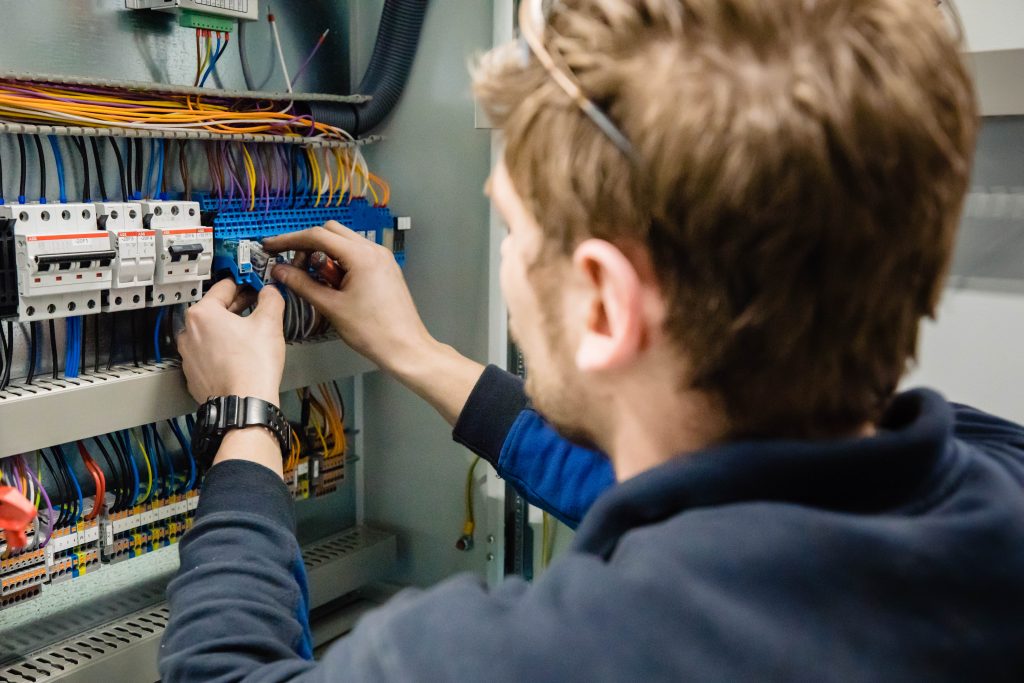The difference between Emergency Standby Power and Prime Rated Power.
At Abato, Prime Rated Power (PRP) is used when it comes to a generator. PRP stands for Prime Power and is the maximum power available for unlimited hours of use in a variable load application. This average load factor should not exceed 70% of the motor's PRP power over any 24 hour period. An overload capacity of 10% is available. However, it is limited to 1 hour per 12-hour period.
When the overload capacity is deployed, the Emergency Standby Power (ESP) is used. The ESP is also referred to as the emergency reserve power and this is the maximum available power for an alternating load for the duration of a failure in the main power grid. The average load factor over 24 operating hours must not exceed 70% of the engine's ESP power. Typical engine operating hours are 200 hours per year, with a maximum usage of 500 hours per year. This includes an annual maximum of 25 hours per year at the ESP power. Overloading is not allowed. The motor must not be used for long-term parallel applications.
Because the ESP is not allowed to work overtime, ABATO Motoren uses the PRP as a starting point. As a result, capacity is available to supply in the event of an emergency and, in addition, the generator can be trusted to always generate power. The aggregates are designed to run for a long time. The Prime Power is used for the primary power and this is good for situations where mains power is not available.

Want to know more?
With more than 15 years of experience in maintaining and assembling emergency power generators, we can offer a solution for almost every situation!
ABATO Motoren can provide your emergency power generator to install approve maintain
Contact details
- Platinum avenue 10
5234 GH, 's-Hertogenbosch
The Netherlands - info@abato.nl
- Phone: +31 (0)88 2228600
- KvK 54206839
- VAT NL851215099B01
